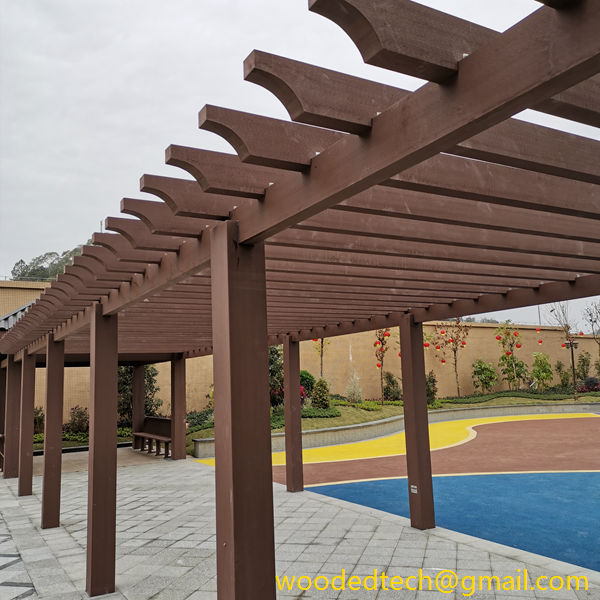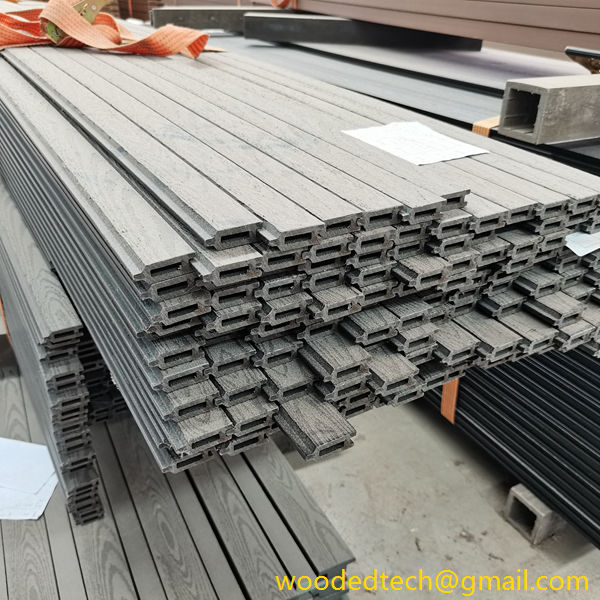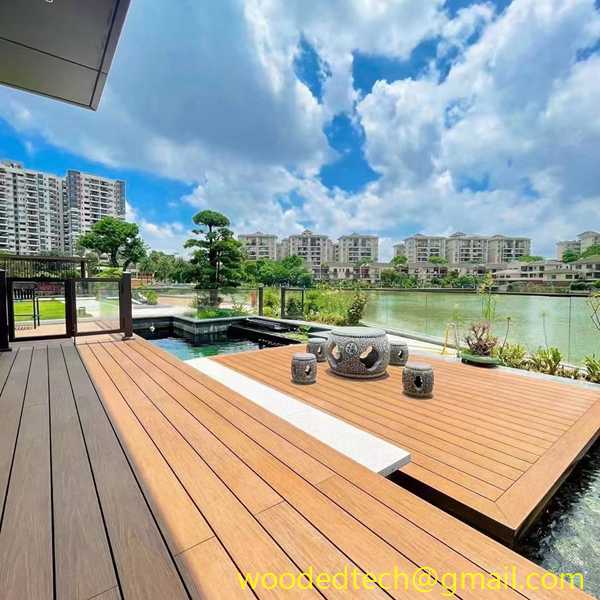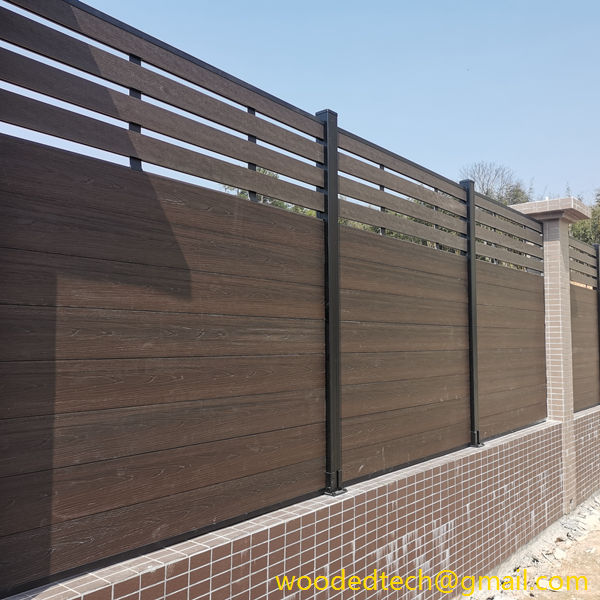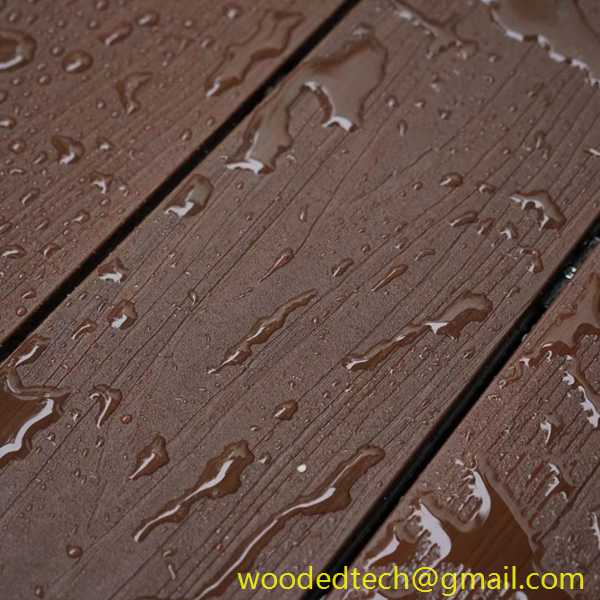Understanding WPC Exterior Wall Panel Features and Their Benefits for Modern Home Design
In the realm of modern home design, the choice of materials plays a pivotal role in both aesthetics and functionality. One of the standout materials gaining popularity in contemporary architecture is Wood Plastic Composite (WPC) for exterior wall panels. Understanding the features of WPC panels and their benefits can significantly influence design decisions, especially concerning installation and maintenance.
WPC is a composite material made from a combination of wood fibers and thermoplastics. This unique blend provides an array of advantages that traditional materials cannot match. One of the most appealing features of WPC exterior wall panels is their durability. Unlike natural wood, which can be susceptible to rotting, warping, and insect damage, WPC panels are engineered to withstand the elements. This makes them an ideal choice for various climates, ensuring that homes maintain their beauty and structural integrity over time.
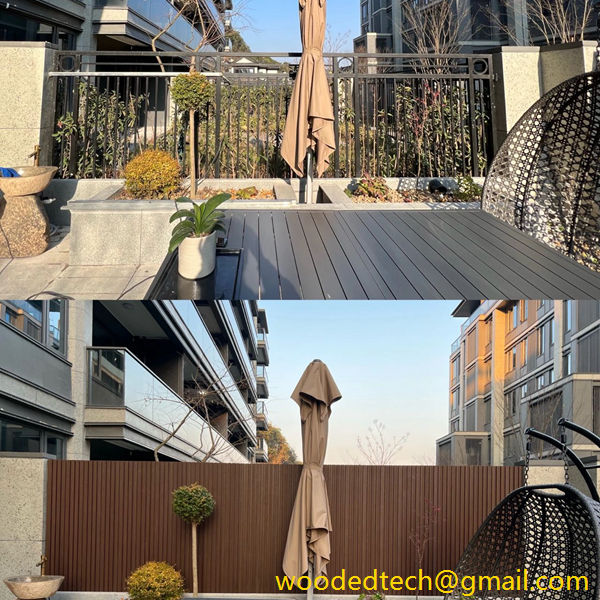
When it comes to installation, WPC panels provide significant ease and convenience. The lightweight nature of WPC makes it simple to handle and install. This can lead to reduced labor costs and time spent during the construction or renovation process. Additionally, WPC panels often come with interlocking designs, which facilitate straightforward installation. Homeowners and contractors alike appreciate the reduced complexity involved in the installation process, enabling faster project completion without compromising quality.
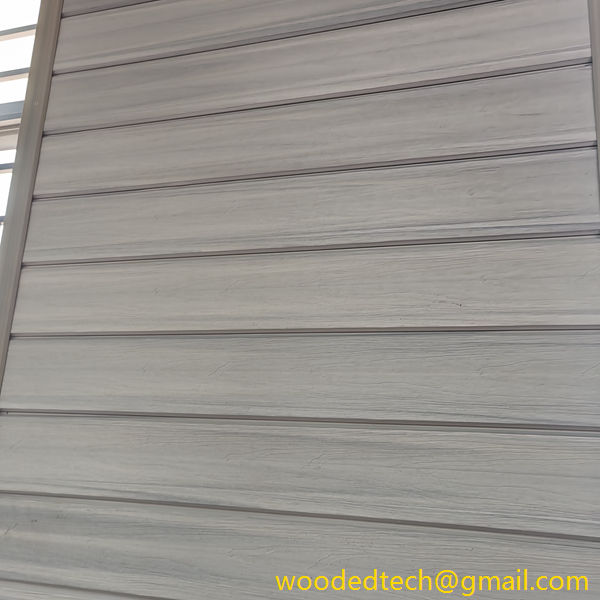
Another notable feature of WPC exterior wall panels is their low maintenance requirements. Traditional wood siding demands regular painting or staining to preserve its appearance and protect it from the elements. In contrast, WPC panels are designed to resist fading, making them a low-maintenance option for homeowners. A simple wash with soap and water is usually sufficient to keep the panels looking fresh and clean. This reduction in maintenance not only saves time but also reduces ongoing costs associated with upkeep, allowing homeowners to enjoy their spaces without the burden of constant repairs.
WPC panels also offer a variety of design options, making them suitable for diverse architectural styles. Available in different colors, finishes, and textures, WPC allows homeowners to achieve the desired aesthetic for their homes. Whether one prefers a sleek, modern look or a more traditional appearance, WPC panels can be tailored to fit any design vision. This versatility means that WPC can enhance the overall curb appeal of a home, contributing to its value and desirability in the real estate market.
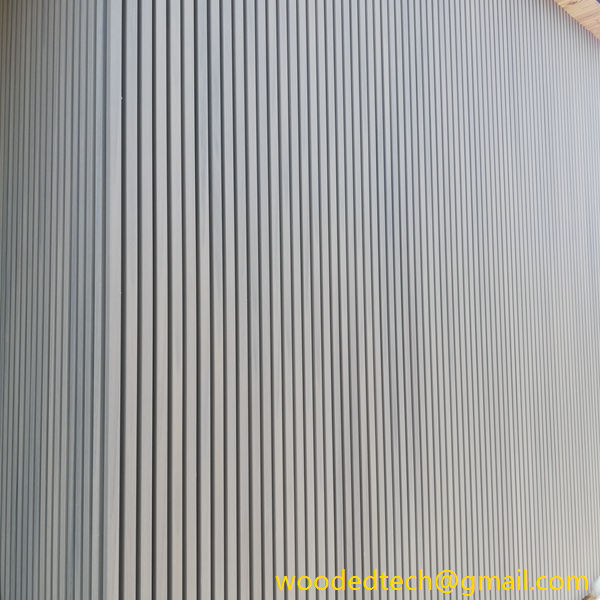
In addition to aesthetic advantages, WPC panels are often engineered with environmental considerations in mind. Many manufacturers produce WPC using recycled materials, promoting sustainability in construction. This aspect is particularly appealing to eco-conscious homeowners who seek to reduce their environmental footprint. By choosing WPC exterior wall panels, homeowners can enjoy the beauty and benefits of wood without the negative environmental impacts associated with traditional lumber harvesting.
Another critical benefit of WPC exterior wall panels is their resistance to moisture and mold. Moisture can be a significant concern for exterior materials, particularly in regions with high humidity or frequent rain. WPC panels are designed to prevent water absorption, which helps to mitigate the risk of mold and mildew growth. This feature not only enhances the longevity of the panels but also contributes to healthier indoor air quality by reducing potential allergens and contaminants.
Furthermore, WPC panels provide excellent insulation properties. They help regulate indoor temperatures by providing an additional layer of insulation, which can lead to energy savings. Homeowners can benefit from lower heating and cooling costs, making WPC an economically advantageous choice in the long run. This energy efficiency aligns with modern design principles that prioritize sustainability and cost-effectiveness in home construction.
In summary, WPC exterior wall panels present an array of features and benefits that resonate with modern home design principles. Their durability, ease of installation, low maintenance requirements, and aesthetic versatility make them an attractive option for homeowners and builders alike. Additionally, their environmental sustainability, moisture resistance, and insulation properties further enhance their appeal. As more homeowners seek materials that combine beauty and practicality, WPC exterior wall panels will continue to grow in popularity, shaping the future of residential architecture. By understanding these elements, individuals can make informed decisions that align with their design goals and lifestyle preferences, ultimately creating homes that are both stylish and functional.

